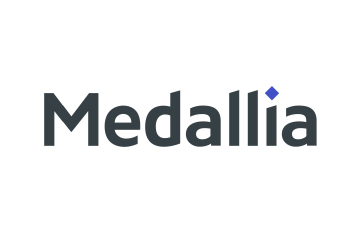Machine learning algorithms form the backbone of social media platforms. Keeping users hooked and presenting a curated slice for brands to leverage effectively. But how do they work?
Facebook, Twitter and Instagram are the top three most visited social media platforms after Google and YouTube. Social media platforms are a fertile ground for brands to advertise, engage with their audience, and add new consumers to their bucket.
But what really drives engagement over these platforms? The answer is content. An algorithm is a set of mathematical rules describing how data collection should behave. Social media algorithms help maintain order and rank search results and advertisements. For instance, an algorithm on Facebook directs the order in which the content is displayed.
Let us understand the algorithms working behind the top social media platforms.
Every time someone checks their Facebook feed, the posts they see and the order in which they appear are determined by the algorithm. Considering the volume of users on its platform, it is nearly impossible that Facebook’s ranking system relies on a single algorithm. Instead, the team has to apply multiple layers of machine learning (ML) models to predict the most relevant, meaningful and engaging content for its individual users. The Facebook algorithms follow four steps process, namely:
- Step 1: The step looks at the inventory – all the content available on the platform. It then considers the likes and dislikes, posts from friends, and groups one has joined.
- Step 2: Next, it moves to consider thousands of active and passive signals. Active signals are likes, comments, shares, and replies measure engagement. Passive signals include view time, the time of posting, internet connection, etc..
- Step 3: Then comes the prediction stage. Here, the algorithm uses thousands of signals to determine the engagement rate with a particular post. Say, for example, the likelihood of a user commenting, how much time they would engage with the post if the user watches the entire video, etc.
- Step 4: In the final step, the algorithm will assign a relevancy score to a particular post, i.e., how much interest people will show to a particular post. Once the relevancy score is determined, the content is distributed.
Twitter offers its users two different timelines: Home Timeline or Latest Tweets. A real-time chronological timeline of Tweets from the people you follow is displayed in Latest Tweets. Home moves posts into what it thinks is a better order using its ranking algorithm. Twitter’s ranking algorithm uses multiple ranking signals based on:
- Recency: Depends on how popular a topic is, rather than looking for popular topics on a daily basis or for a while.
- Relevancy: Users’ engagement history, from the posts they like, and topics they follow, to even the trends going viral at their location.
- Engagement: This one takes care of the popular tweets, how people in one’s network react to those tweets, to like, retweet, etc.
- Rich media: Depending on users’ interaction, images, videos, GIFs and polls get into the feeds.
The truth is that although the platform uses machine learning, not even Twitter is certain of the exact results of its algorithms. As part of its “responsible machine learning initiative,” Twitter is now investigating the outcomes of its algorithms.
As Instagram describes it, there are multiple algorithms at play — each one for a different part of the platform, whether it’s feed posts or Reels. The algorithms take the users’ preferences, termed signals, to create content that helps users to remain hooked to the app. Hence, thousands of signals across four critical aspects (in descending order of importance) come together for a personalized view, which includes,
- About the post: This one considers how well-liked a post is, as well as less important details about the content itself, such as when it was posted, length of a video, and location.
- About the person who posts: This step allows the algorithm to get a sense of how interesting a person can be for a particular user, which includes signals like how frequently individuals have communicated with that person over the past several weeks or how well they have responded to their content.
- User’s activity: The task here is to find a particular user’s likes and dislikes, and understand the posts they like the most depending on what they share.
- Users’ interaction history: This helps the platform understand the users general level of interest in reading posts from a certain person. Take, for example, whether they leave comments on one other’s posts.
Beyond the interest score, various other variables may affect where a post appears in a user’s home feed. These include the quality of the photo or video, the originality of the post, the violation of Instagram’s community guidelines, or if the content is reported.
TikTok
The TikTok algorithm makes personalized content recommendations for each of its users. Based on the specific tastes of each user, it chooses which videos to show them on their page. The algorithms take several signals into account, which include,
- Behavioral signals of users: TikTok takes many factors into consideration, but the most crucial one is how users act on the platform. With the help of data such as video likes and shares, comments made, accounts followed, and the content created – the platform can better comprehend each user’s distinct tastes, and how they evolve over time. Based on how closely these behavioral signals match with the films, it ranks the clips.
- Content discoverability: TikTok learns how to rank the content by using information from the video itself, such as captions, hashtags, and sounds. This is mostly because it uses the data to determine what the content is about, and when to display it on users’ pages.
- Account indicators: TikTok analyses each user’s device and account settings to maximize performance. It primarily considers country choices, preferred languages, device kind, category choice, etc. However, they don’t carry as much weight as the other two criteria because people don’t express them as preferences.
LinkedIn has its own algorithm that can connect users, identify jobs, surface relevant material, and surface any other information a user would be looking for on the platform. The LinkedIn algorithm prefers relevance over recency. Its objective is to present readers with the information they are interested in, before more current updates. This enables LinkedIn to show users the articles, videos, jobs, and other content that matches their search criteria or are most likely to find interesting. The signals the LinkedIn platform uses include:
- Connections: The algorithms consider connections as a reference to identify users’ tastes and preferences. More connections on LinkedIn equals more possibilities to rub shoulders with other professionals digitally. This allows people outside one’s connections to see their posts and vice-versa. Similarly, the LinkedIn algorithm considers the users one has interacted with through comments, likes, shares, and responses.
- What is the content: The algorithm used by LinkedIn determines how pertinent a user’s content is to your interests. It “reads” the hashtag, post, page, and profile kinds users have interacted with most frequently. Again, based on users’ prior online activity, LinkedIn may even provide users with content unrelated to their current connections.
- Engagement: The likelihood that a user will interact with further content is assessed by the LinkedIn algorithm using recent likes, shares, comments, Connection requests, and other engagement indicators.
To sum up,
An algorithm’s job is to provide users with pertinent content. It is used to filter through the vast amount of content available on each social media network. On the flip side, there is a call for large social media giants to shift towards ‘Explainable ML models’ for justifiable and transparent decision-making. What’s your take?








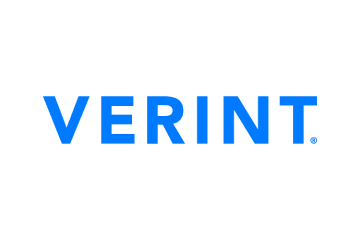
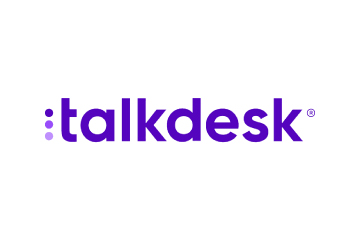

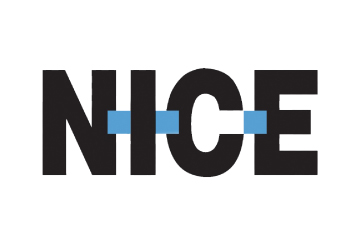


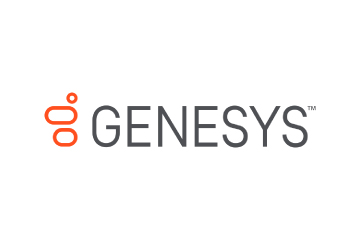
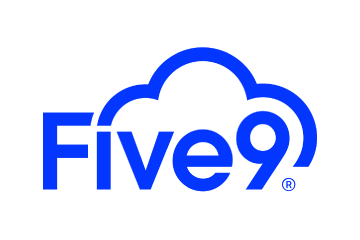


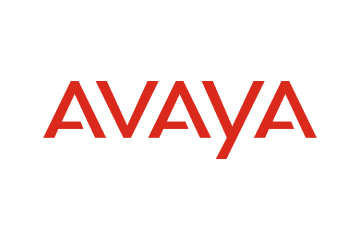
 Amplitude is a product analytics platform, enabling businesses to track visitors with the help of collaborative analytics. The platform leverages the capabilities of
Amplitude is a product analytics platform, enabling businesses to track visitors with the help of collaborative analytics. The platform leverages the capabilities of 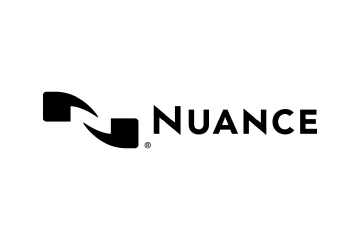

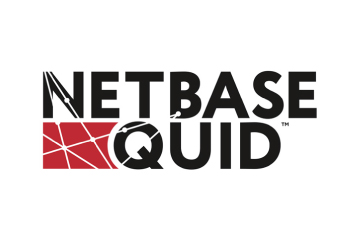

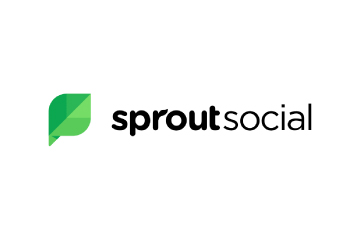
 Zoho Social, a part of Zoho’s suite of 50+ products, is a comprehensive social media management platform for businesses and agencies. The Zoho Social dashboard includes a robust set of features, such as Publishing Calendar, Bulk Scheduler, and Approval Management to offer businesses all the essential social media publishing tools. Its monitoring tools help enterprises track and respond to relevant social conversations.
Zoho Social, a part of Zoho’s suite of 50+ products, is a comprehensive social media management platform for businesses and agencies. The Zoho Social dashboard includes a robust set of features, such as Publishing Calendar, Bulk Scheduler, and Approval Management to offer businesses all the essential social media publishing tools. Its monitoring tools help enterprises track and respond to relevant social conversations.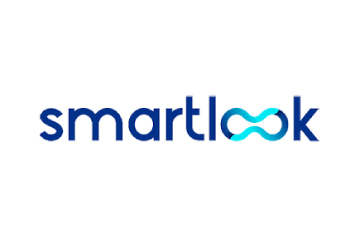

 Microsoft Dynamics 365 represents a robust cloud-based CRM solution with features such as pipeline assessment, relationship analytics, and conversational intelligence. It utilises AI-powered insights to provide actionable intelligence via predictive analytics, lead scoring, sentiment analysis, etc. Currently, Microsoft operates in 190 countries and is made up of more than 220,000 employees worldwide.
Microsoft Dynamics 365 represents a robust cloud-based CRM solution with features such as pipeline assessment, relationship analytics, and conversational intelligence. It utilises AI-powered insights to provide actionable intelligence via predictive analytics, lead scoring, sentiment analysis, etc. Currently, Microsoft operates in 190 countries and is made up of more than 220,000 employees worldwide.
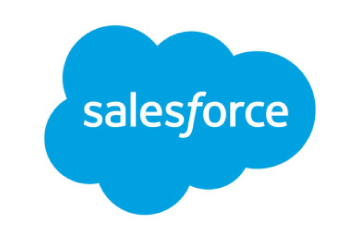
 HubSpot is an inbound marketing, sales, and customer service software provider, offering robust CRM and automation solutions. Some of its products include Marketing Hub, Sales Hub, Operations Hub, Content Hub, Commerce Hub, Marketing Analytics and Dashboard Software. Guided by its inbound methodology, HubSpot enables companies to prioritise innovation and customer success.
HubSpot is an inbound marketing, sales, and customer service software provider, offering robust CRM and automation solutions. Some of its products include Marketing Hub, Sales Hub, Operations Hub, Content Hub, Commerce Hub, Marketing Analytics and Dashboard Software. Guided by its inbound methodology, HubSpot enables companies to prioritise innovation and customer success.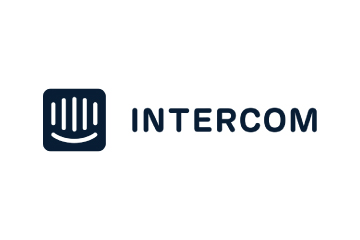
 Monday.com is a project management software company, offering a cloud-based platform that enables businesses
Monday.com is a project management software company, offering a cloud-based platform that enables businesses 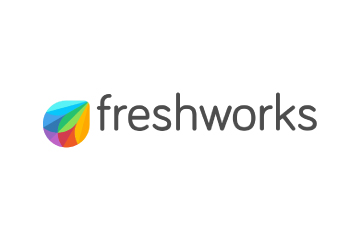 Headquartered in San Mateo, California, Freshworks is a global AI-powered business software provider. Its tech stack includes a scalable and comprehensive suite for IT, customer support, sales, and marketing teams, ensuring value for immediate business impact. Its product portfolio includes Customer Service Suite, Freshdesk, Freshchat, Freshcaller, Freshsuccess, and Freshservice. Freshservice for Business Teams has helped several global organisations to enhance their operational efficiency.
Headquartered in San Mateo, California, Freshworks is a global AI-powered business software provider. Its tech stack includes a scalable and comprehensive suite for IT, customer support, sales, and marketing teams, ensuring value for immediate business impact. Its product portfolio includes Customer Service Suite, Freshdesk, Freshchat, Freshcaller, Freshsuccess, and Freshservice. Freshservice for Business Teams has helped several global organisations to enhance their operational efficiency.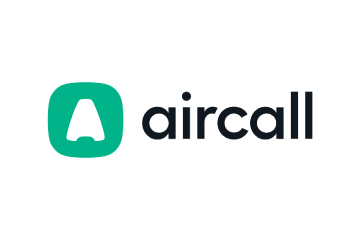
 Talkdesk offers an innovative AI-powered customer-centric tech stack to its global partners. The company provides generative AI integrations, delivering industry-specific solutions to its customers. Talkdesk CX Cloud and Industry Experience Clouds utilise modern machine learning and language models to enhance contact centre efficiency and client satisfaction.
Talkdesk offers an innovative AI-powered customer-centric tech stack to its global partners. The company provides generative AI integrations, delivering industry-specific solutions to its customers. Talkdesk CX Cloud and Industry Experience Clouds utilise modern machine learning and language models to enhance contact centre efficiency and client satisfaction.



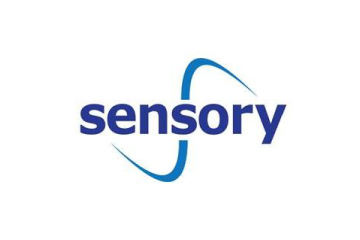
 The company offers comprehensive cloud-based solutions, such as Microsoft Dynamics 365, Gaming Consoles, Microsoft Advertising, Copilot, among other things, to help organisations offer enhanced CX and ROI. Its generative-AI-powered speech and voice recognition solutions,such as Cortana and Azure Speech Services empowers developers to build intelligent applications.
The company offers comprehensive cloud-based solutions, such as Microsoft Dynamics 365, Gaming Consoles, Microsoft Advertising, Copilot, among other things, to help organisations offer enhanced CX and ROI. Its generative-AI-powered speech and voice recognition solutions,such as Cortana and Azure Speech Services empowers developers to build intelligent applications. IBM is a global hybrid cloud and AI-powered
IBM is a global hybrid cloud and AI-powered  Uniphore is an enterprise-class, AI-native company that was incubated in 2008. Its enterprise-class multimodal AI and data platform unifies all elements of voice, video, text and data by leveraging Generative AI, Knowledge AI, Emotion AI and workflow automation. Some of its products include U-Self Serve, U-Assist, U-Capture, and U-Analyze. Its Q for Sale is a conversational intelligence software that guides revenue teams with AI-powered insights, offering clarity on how to effectively keep prospects engaged.
Uniphore is an enterprise-class, AI-native company that was incubated in 2008. Its enterprise-class multimodal AI and data platform unifies all elements of voice, video, text and data by leveraging Generative AI, Knowledge AI, Emotion AI and workflow automation. Some of its products include U-Self Serve, U-Assist, U-Capture, and U-Analyze. Its Q for Sale is a conversational intelligence software that guides revenue teams with AI-powered insights, offering clarity on how to effectively keep prospects engaged. Google Cloud accelerates every organisation’s ability to digitally transform its business. Its enterprise-grade solutions leverage modern technology to solve the most criticial business problems
Google Cloud accelerates every organisation’s ability to digitally transform its business. Its enterprise-grade solutions leverage modern technology to solve the most criticial business problems  8×8 offers out-of-the-box contact centre solutions, assisting all-size businesses to efficiently meet customer needs and preferences. It offers custom CRM integrations support and integrates effortlessly with third-party CRMs like Salesforce, Microsoft Dynamics, Zendesk, and more. Offering global support in all time zones & development teams in 5 continents, its patented geo-routing solution ensures consistent voice quality.
8×8 offers out-of-the-box contact centre solutions, assisting all-size businesses to efficiently meet customer needs and preferences. It offers custom CRM integrations support and integrates effortlessly with third-party CRMs like Salesforce, Microsoft Dynamics, Zendesk, and more. Offering global support in all time zones & development teams in 5 continents, its patented geo-routing solution ensures consistent voice quality. Sprinklr is a comprehensive enterprise software company for all customer-focused functions. With advanced AI, Sprinklr’s unified customer experience management (Unified-CXM) platform lets organisations offer human experiences to every customer, every time, across any modern channel.
Sprinklr is a comprehensive enterprise software company for all customer-focused functions. With advanced AI, Sprinklr’s unified customer experience management (Unified-CXM) platform lets organisations offer human experiences to every customer, every time, across any modern channel.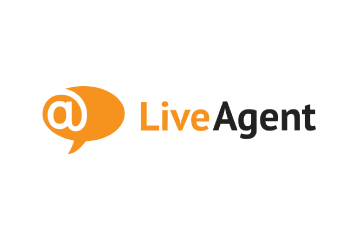


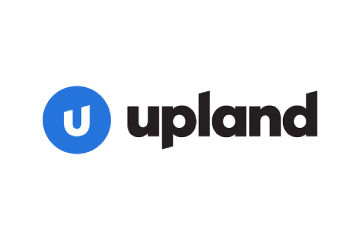 Upland offers a comprehensive suite of contact centre and customer service solutions with products including InGenius, Panviva, Rant & Rave, and RightAnswers. InGenius enables organisations to connect their existing phone system with CRM, further enhancing agent productivity. Panviva provides compliant and omnichannel capabilities for highly regulated industries. Whereas, Rant & Rave, and RightAnswers are its AI-powered solutions,
Upland offers a comprehensive suite of contact centre and customer service solutions with products including InGenius, Panviva, Rant & Rave, and RightAnswers. InGenius enables organisations to connect their existing phone system with CRM, further enhancing agent productivity. Panviva provides compliant and omnichannel capabilities for highly regulated industries. Whereas, Rant & Rave, and RightAnswers are its AI-powered solutions, 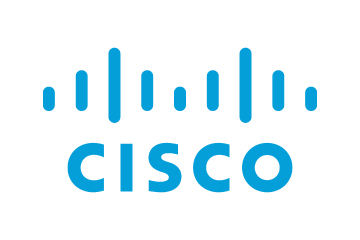

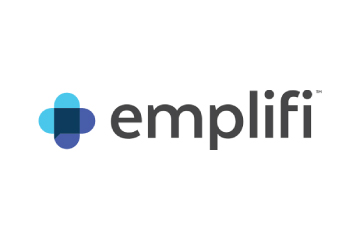
 Hootsuite, headquartered in Vancouver, is a social media management platform that streamlines the process of managing multiple social media accounts. Some of its core offerings include social media content planning and publishing, audience engagement tools, analytics and social advertising. Its easy-to-integrate capabilities help marketing teams to schedule and publish social media posts efficiently.
Hootsuite, headquartered in Vancouver, is a social media management platform that streamlines the process of managing multiple social media accounts. Some of its core offerings include social media content planning and publishing, audience engagement tools, analytics and social advertising. Its easy-to-integrate capabilities help marketing teams to schedule and publish social media posts efficiently.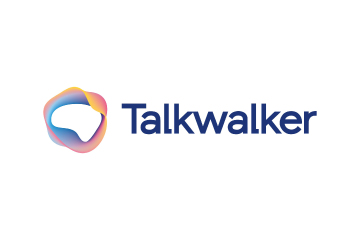
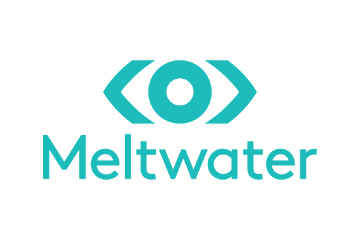
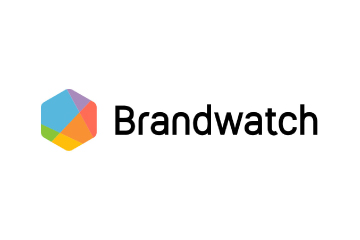 Brandwatch enables businesses to build and scale the optimal strategy for their clients with intuitive, use-case-focused tools that are easy and quick to master. Bringing together consumer intelligence and social media management, the company helps its users react to the trends that matter, collaborate on data-driven content, shield the brand from threats and manage all the social media channels at scale.
Brandwatch enables businesses to build and scale the optimal strategy for their clients with intuitive, use-case-focused tools that are easy and quick to master. Bringing together consumer intelligence and social media management, the company helps its users react to the trends that matter, collaborate on data-driven content, shield the brand from threats and manage all the social media channels at scale.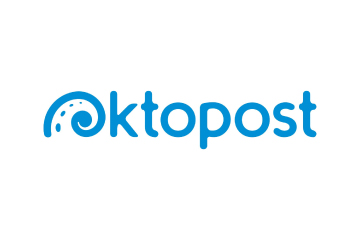
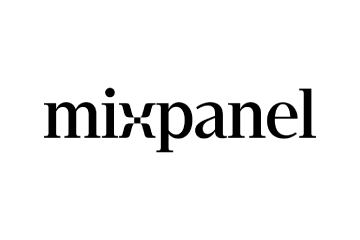
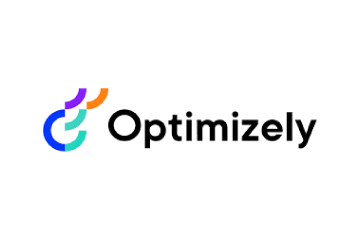
 Adobe Experience Cloud offers a comprehensive set of applications, capabilities, and services specifically designed to address day-to-day requirement for personalised customer experiences at scale. Its platform helps play an essential role in managing different digital content or assets to improve customer happiness. Its easy-to-optimise content gives users appropriate marketing streams, ensuring product awareness.
Adobe Experience Cloud offers a comprehensive set of applications, capabilities, and services specifically designed to address day-to-day requirement for personalised customer experiences at scale. Its platform helps play an essential role in managing different digital content or assets to improve customer happiness. Its easy-to-optimise content gives users appropriate marketing streams, ensuring product awareness.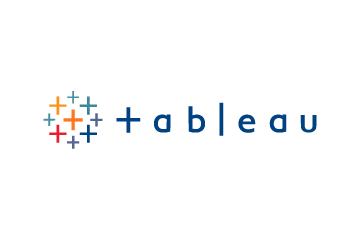 Salesforce-owned Tableau is an AI-powered analytics and business intelligence platform, offering the breadth and depth of capabilities that serve the requirements of global enterprises in a seamless, integrated experience. Marketers can utilise generative AI models, AI-powered predictions, natural language querying, and recommendationsons.
Salesforce-owned Tableau is an AI-powered analytics and business intelligence platform, offering the breadth and depth of capabilities that serve the requirements of global enterprises in a seamless, integrated experience. Marketers can utilise generative AI models, AI-powered predictions, natural language querying, and recommendationsons.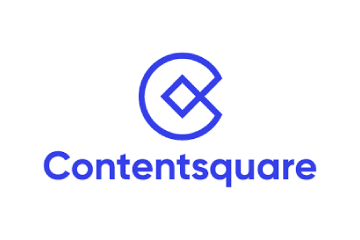 Contentsquare is a cloud-based digital experience analytics platform, helping brands track billions of digital interactions, and turn those digital
Contentsquare is a cloud-based digital experience analytics platform, helping brands track billions of digital interactions, and turn those digital 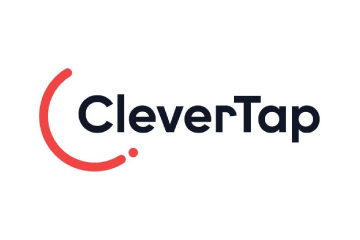
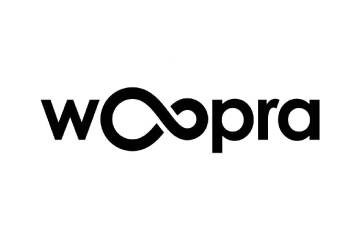
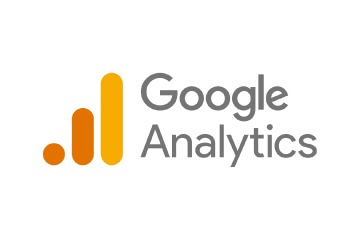
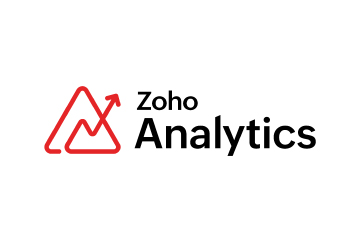 Zoho Corporation offers innovative and tailored software to help leaders grow their business. Zoho’s 55+ products aid sales and marketing, support and collaboration, finance, and recruitment requirements. Its customer analytics capabilities come with a conversational feature, Ask Zia. It enables users to ask questions and get insights in the form of reports and widgets in real-time.
Zoho Corporation offers innovative and tailored software to help leaders grow their business. Zoho’s 55+ products aid sales and marketing, support and collaboration, finance, and recruitment requirements. Its customer analytics capabilities come with a conversational feature, Ask Zia. It enables users to ask questions and get insights in the form of reports and widgets in real-time. Fullstory is a behavioural data platform, helping C-suite leaders make informed decisions by injecting digital behavioural data into its analytics stack. Its patented technology uncovers the power of quality behavioural data at scale, transforming every digital visit into actionable insights. Enterprises can increase funnel conversion and identify their highest-value customers effortlessly.
Fullstory is a behavioural data platform, helping C-suite leaders make informed decisions by injecting digital behavioural data into its analytics stack. Its patented technology uncovers the power of quality behavioural data at scale, transforming every digital visit into actionable insights. Enterprises can increase funnel conversion and identify their highest-value customers effortlessly.
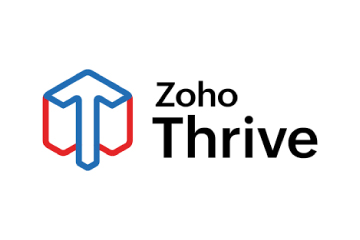
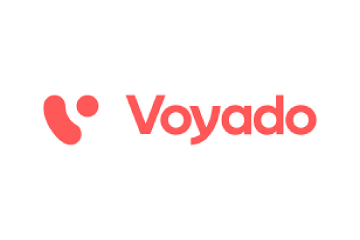 Started in 2005 in a Sweden-based small town, Norrköping, Voyado offers a customer experience cloud platform that includes a customer loyalty management system. This platform helps businesses design and implement customer loyalty programs, track customer
Started in 2005 in a Sweden-based small town, Norrköping, Voyado offers a customer experience cloud platform that includes a customer loyalty management system. This platform helps businesses design and implement customer loyalty programs, track customer 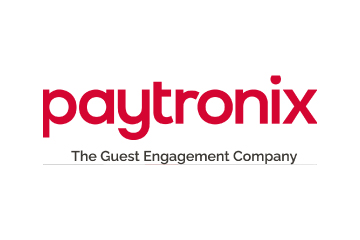
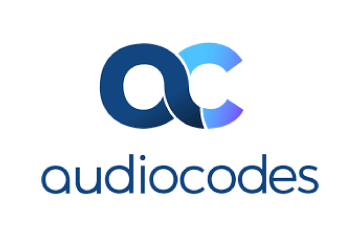


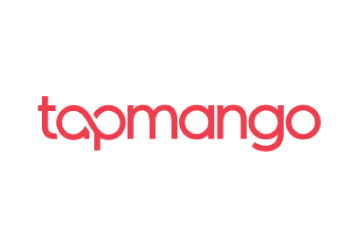 TapMango provides a comprehensive, customisable, flexible and feature-rich customer loyalty program. The loyalty tools include an integrated suite of customised consumer-facing technology, easy-to-use merchant tools, and automation algorithms, all aimed at enhancing customer experience. Adaptable to any industry, TapMango’s platform helps merchants compete with larger chains, converting customer one-time purchases into profitable spending habits.
TapMango provides a comprehensive, customisable, flexible and feature-rich customer loyalty program. The loyalty tools include an integrated suite of customised consumer-facing technology, easy-to-use merchant tools, and automation algorithms, all aimed at enhancing customer experience. Adaptable to any industry, TapMango’s platform helps merchants compete with larger chains, converting customer one-time purchases into profitable spending habits.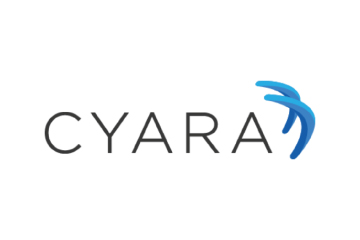
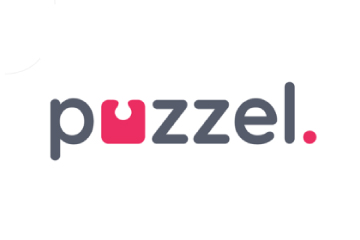
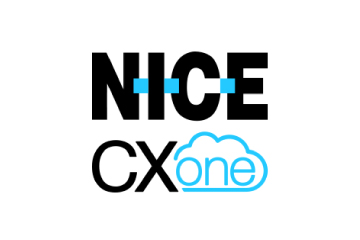
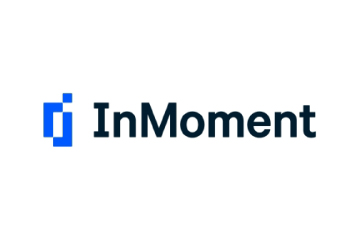

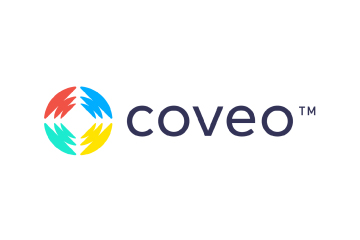
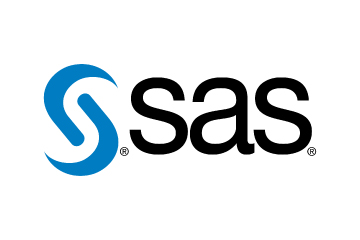
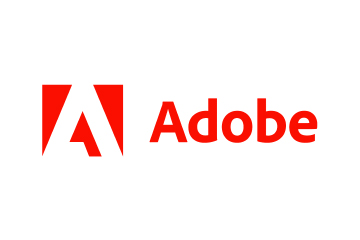 Adobe Experience Cloud offers a comprehensive set of applications, capabilities, and services specifically designed to address day-to-day requirements for personalised customer experiences at scale. Its innovative platform has played an essential role in managing different digital content or assets, to improve customer happiness or satisfaction. Some of its products include Adobe Gen Studio, Experience Manager Sites, Real-time CDP, and Marketo Engage.
Adobe Experience Cloud offers a comprehensive set of applications, capabilities, and services specifically designed to address day-to-day requirements for personalised customer experiences at scale. Its innovative platform has played an essential role in managing different digital content or assets, to improve customer happiness or satisfaction. Some of its products include Adobe Gen Studio, Experience Manager Sites, Real-time CDP, and Marketo Engage.